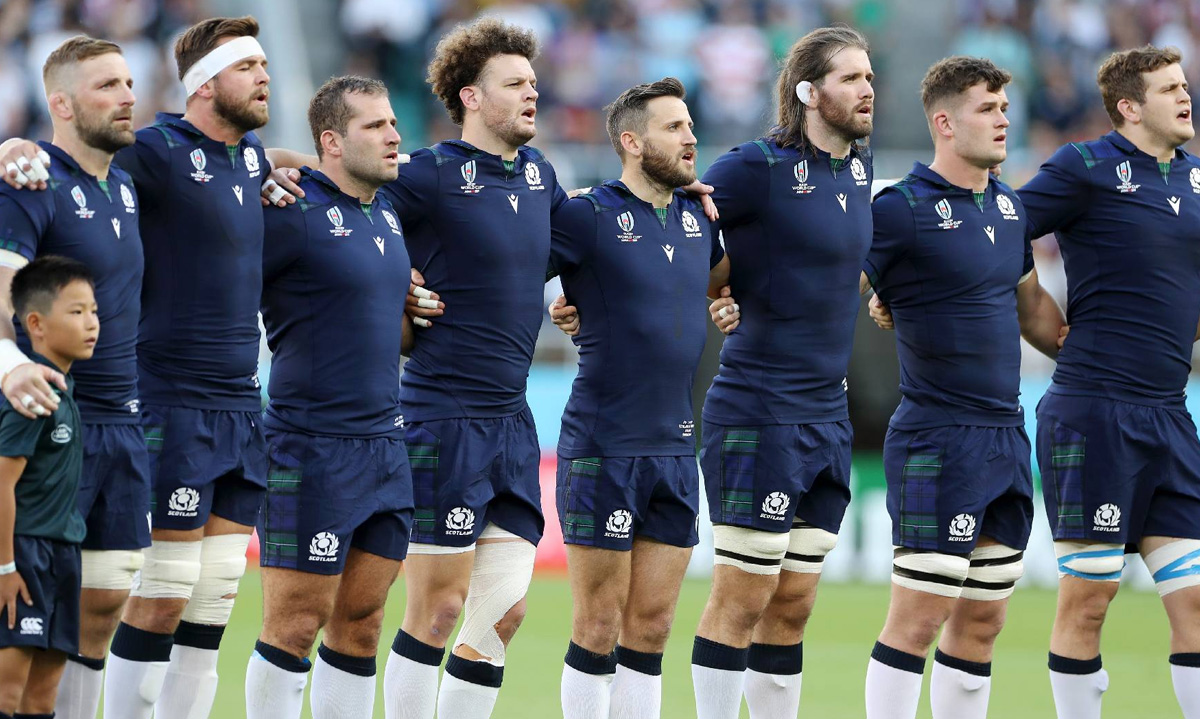Australia's Rugby Struggle: Phipps Highlights Hemisphere Imbalance

Table of Contents
The Northern Hemisphere's Dominance
The dominance of Northern Hemisphere rugby is a significant factor in Australia's struggle. This isn't simply about winning and losing; it's a reflection of a deeper systemic advantage.
Superior Club Competitions
Northern Hemisphere club competitions, such as Premiership Rugby, the Top 14, and the United Rugby Championship, significantly outstrip Super Rugby in terms of financial power and overall competitiveness.
- Higher Salaries: Northern Hemisphere clubs can offer significantly higher salaries, attracting top talent from around the globe, including many from the Southern Hemisphere. This weakens Southern Hemisphere teams, particularly those in Australia.
- Better Player Development Pathways: These leagues provide more structured and well-funded pathways for young players, leading to better-trained and more experienced professionals. This creates a continuous cycle of excellence.
- Attracting Top Talent: The financial allure and competitive intensity of these leagues mean that even established Southern Hemisphere stars are increasingly tempted to move north, further draining talent from teams like the Wallabies.
This disparity in player quality and depth directly impacts the overall strength and consistency of Northern Hemisphere national teams, making it increasingly challenging for Southern Hemisphere teams, including Australia, to compete effectively.
More Frequent High-Level Matches
The sheer number of high-level test matches played by Northern Hemisphere teams contributes to their dominance. This increased frequency of top-level competition provides invaluable experience and game-readiness.
- Travel Distances: The extensive travel distances involved in Southern Hemisphere tours significantly impact player fatigue and preparation time.
- Scheduling Conflicts: The scheduling of matches often leads to logistical challenges and less time for teams to adequately prepare and recover between games.
- Data Comparison: A simple comparison of the number of high-intensity test matches played annually by teams like England and France versus Australia reveals a significant difference, directly influencing team preparedness and consistency.
Challenges Faced by Australian Rugby
Beyond the Northern Hemisphere's advantage, Australian rugby faces its own internal challenges, further contributing to its struggle.
Funding and Infrastructure
Financial constraints significantly hinder Australian rugby's development. Underinvestment in player development, coaching resources, and facilities creates a significant disadvantage compared to their Northern Hemisphere counterparts.
- Funding Comparison: A direct comparison of funding levels between Rugby Australia and leading Northern Hemisphere unions illustrates a stark difference in resources available.
- Underinvestment Examples: Specific examples of underinvestment, such as outdated training facilities or limited access to cutting-edge technology, further highlight the problem.
- Potential Solutions: Increased sponsorship, more robust government support, and improved commercial strategies are crucial for addressing this funding gap and improving infrastructure.
Player Development and Pathways
The Australian rugby pathway needs significant reform. Weaknesses exist in identifying and developing talent from junior levels to the professional ranks.
- Pathway Comparison: Analyzing the pathways in successful Northern Hemisphere nations reveals key areas where Australian rugby falls short, including coaching quality and youth program structure.
- Areas for Improvement: Targeted improvements are needed in talent identification, youth coaching programs, and creating more opportunities for young players to develop and compete at the highest level.
- Player Exodus: The significant number of Australian players now plying their trade in top European leagues underscores the need for improved domestic opportunities and competitive salaries.
Coaching and Strategic Approaches
The coaching strategies and tactical approaches employed by Australian teams require critical evaluation. There's a need to adapt to the evolving styles of Northern Hemisphere play.
- Areas for Improvement: Expert analysis suggests that Australian teams need to improve their adaptability, game management, and ability to counter the specific strengths of Northern Hemisphere opponents.
- Strategic Review: A thorough review of current coaching philosophies and a focus on innovative training techniques are essential to close the performance gap.
- Expert Opinions: Incorporating expert opinions from successful Northern Hemisphere coaches could provide valuable insights and accelerate improvement.
The Widening Hemisphere Gap – Implications for the Future of Rugby
The widening gap between the hemispheres has serious long-term implications for the global competitiveness and appeal of rugby.
Global Competitiveness
The current imbalance threatens the overall health of the sport. The Rugby World Cup, Six Nations, and other major tournaments risk becoming less unpredictable and exciting if the dominance of Northern Hemisphere teams continues.
- Impact on Major Tournaments: The continued success of Northern Hemisphere teams in major competitions diminishes the global appeal and excitement of the sport.
- Broadcasting Deals & Sponsorship: The imbalance could affect broadcasting deals and sponsorship opportunities, potentially jeopardizing the financial stability of Southern Hemisphere rugby unions.
Potential Solutions
Addressing the imbalance requires collaborative efforts from all stakeholders. Increased cooperation, equitable competition structures, and improved player exchange programs are vital.
- Increased Collaboration: Improved collaboration between unions could facilitate the sharing of best practices, coaching expertise, and resources, leading to more balanced competition.
- Equitable Competition Structures: Re-evaluating current competition formats and creating more opportunities for Southern Hemisphere teams to compete regularly against Northern Hemisphere opposition could level the playing field.
- Player Exchange Programs: Structured player exchange programs can foster cross-cultural understanding and improve the overall quality of rugby globally.
Conclusion
Australia's rugby struggle is a multifaceted issue, stemming from both internal challenges and the growing dominance of Northern Hemisphere rugby. The financial disparity, underdeveloped pathways, and strategic weaknesses within Australian rugby, combined with the superior club competitions and high-frequency matches in the North, contribute to a significant competitive imbalance. Addressing Australia's rugby struggle requires a comprehensive approach involving improved funding, enhanced player development pathways, strategic coaching adjustments, and increased collaboration across the global rugby community. What steps do you think are necessary to revitalize Australian rugby and close the hemispheric gap? Let's discuss how we can ensure a more competitive and balanced future for the sport, overcoming Australia's rugby struggle and creating a more exciting global rugby landscape.

Featured Posts
-
 Fortnite Issues Refunds A Sign Of Cosmetic Overhaul
May 02, 2025
Fortnite Issues Refunds A Sign Of Cosmetic Overhaul
May 02, 2025 -
 Italy Vs France Duponts Exceptional Performance In The 11th Conduct
May 02, 2025
Italy Vs France Duponts Exceptional Performance In The 11th Conduct
May 02, 2025 -
 La Laport 3 20 7
May 02, 2025
La Laport 3 20 7
May 02, 2025 -
 Justice Department Action Signals Potential End To Other School Desegregation Orders
May 02, 2025
Justice Department Action Signals Potential End To Other School Desegregation Orders
May 02, 2025 -
 Six Nations 2025 Scotland Expectation Vs Reality
May 02, 2025
Six Nations 2025 Scotland Expectation Vs Reality
May 02, 2025
